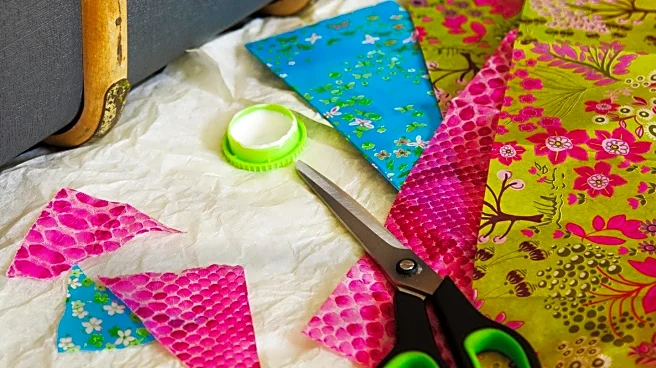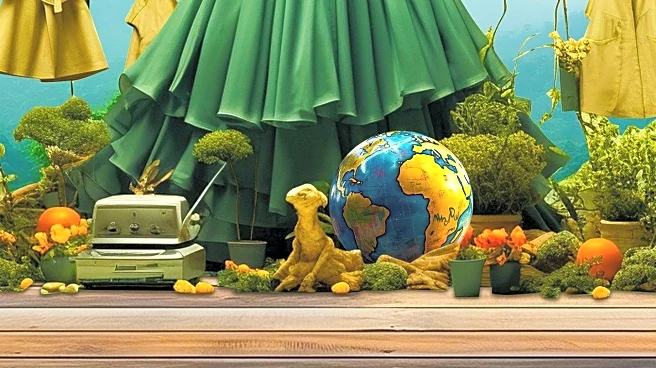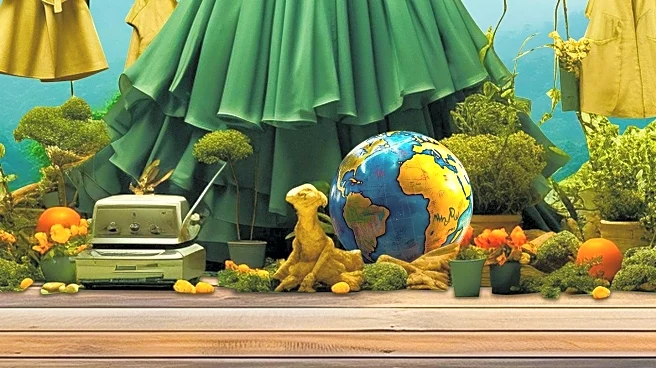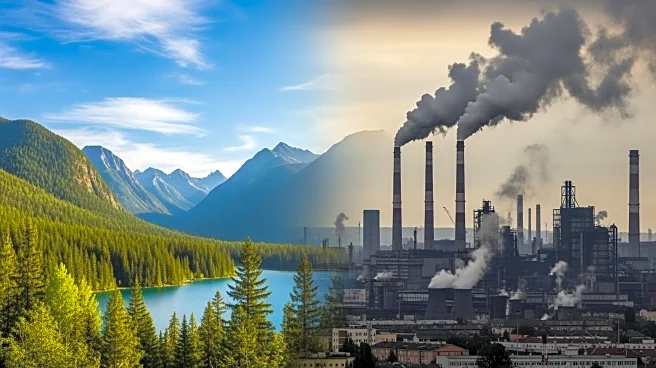What's Happening?
Upcycling is gaining traction as a sustainable practice that transforms waste materials into products of higher value. Unlike traditional recycling, which often degrades the quality of materials, upcycling
preserves or enhances the original material's properties. This process is a key component of the circular economy, aiming to reduce waste and lower the demand for natural resources. Examples of upcycling include converting old shirts into reusable bags and repurposing wooden pallets into furniture. The concept, popularized in the 1990s, distinguishes itself from 'downcycling,' where materials lose quality over time.
Why It's Important?
Upcycling plays a significant role in reducing environmental impact by minimizing waste and conserving resources. It addresses key issues such as waste reduction, decreased resource extraction, and carbon footprint reduction. By reusing materials, upcycling helps prevent landfill waste and reduces greenhouse gas emissions. It also conserves natural resources by reducing the need for new raw materials. As a strategy within the circular economy, upcycling fosters innovation in sustainable product design and makes sustainability more accessible to individuals and businesses.











